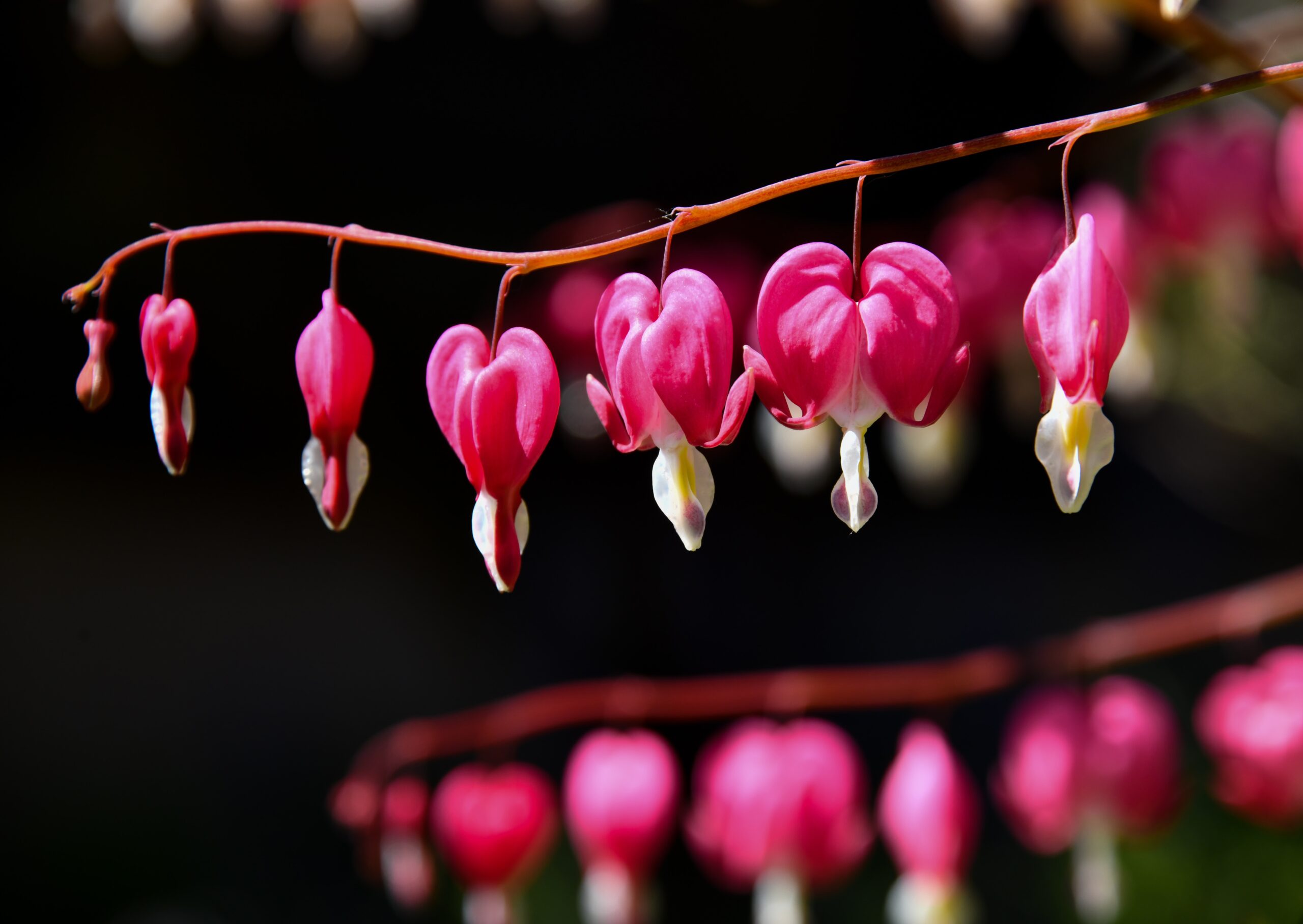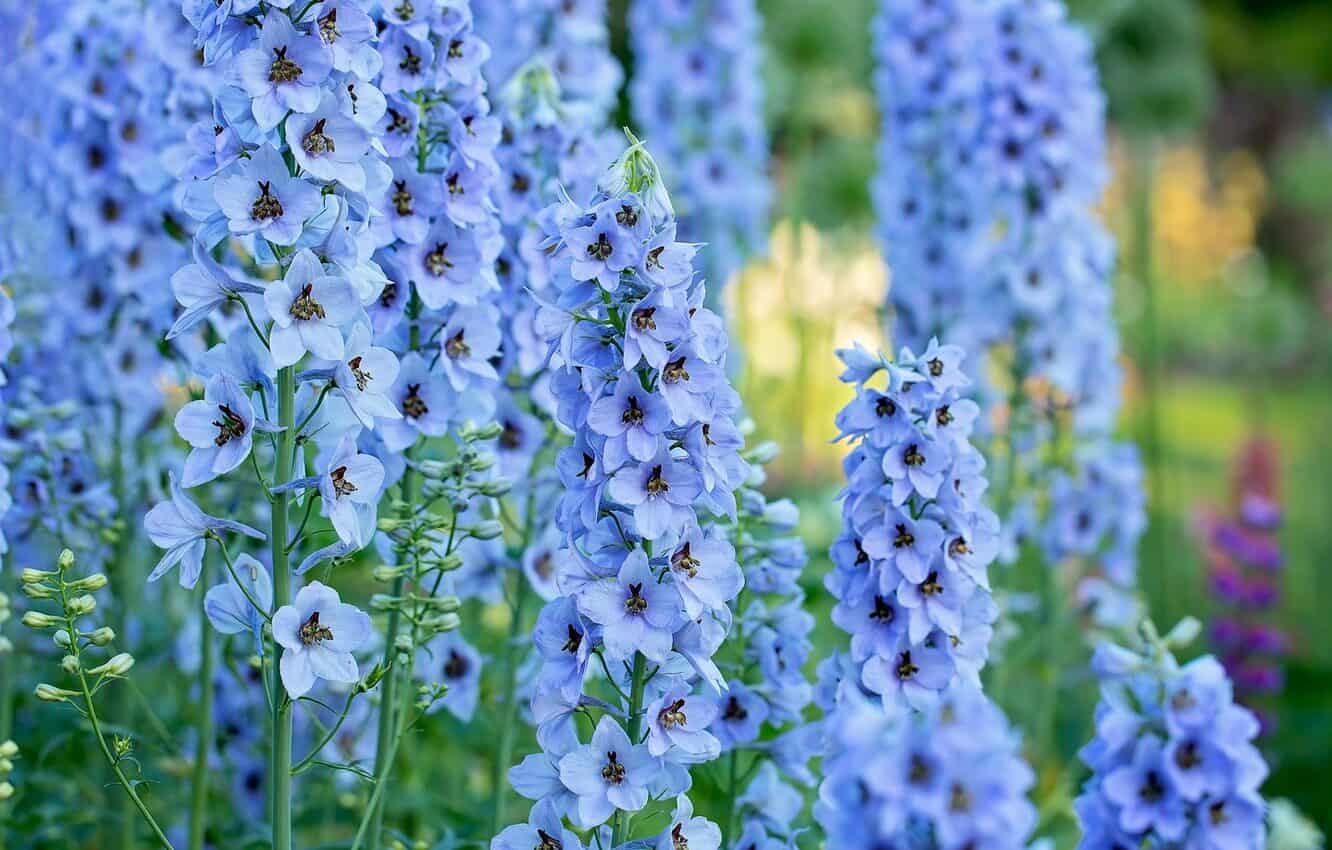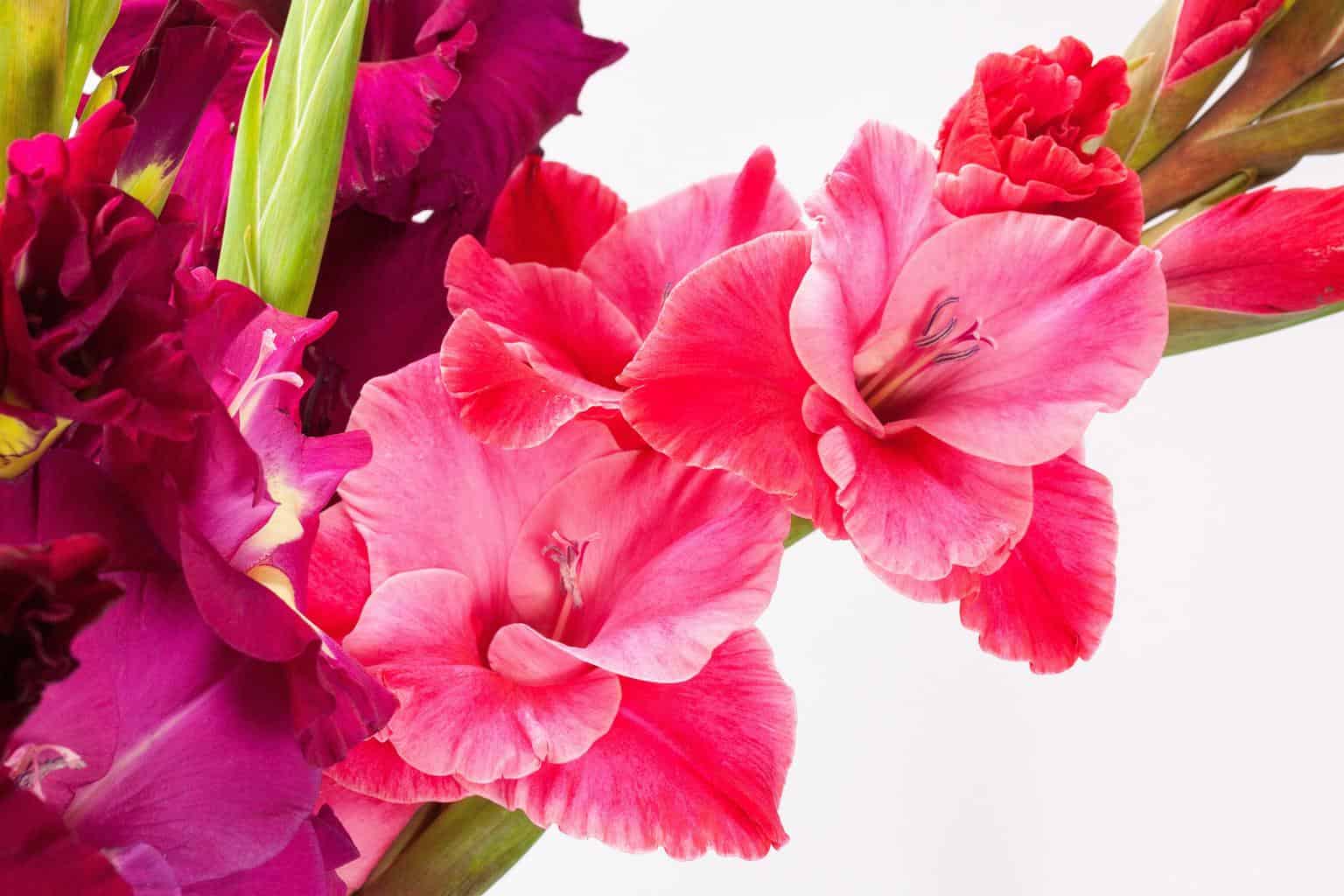Magnolias are a diverse genus of plants that includes many species suitable for a variety of climates. These magnificent trees and shrubs are often considered classic symbols of the South, but they can be grown in many other regions as well. In this guide, we will discuss some of the different types of magnolias and their characteristics.
Magnolia species fall into two main types: evergreen magnolias and deciduous magnolias. Nearly all evergreen types are cultivars of Magnolia grandiflora, while the deciduous types are more varied and include a number of species and numerous cultivars.
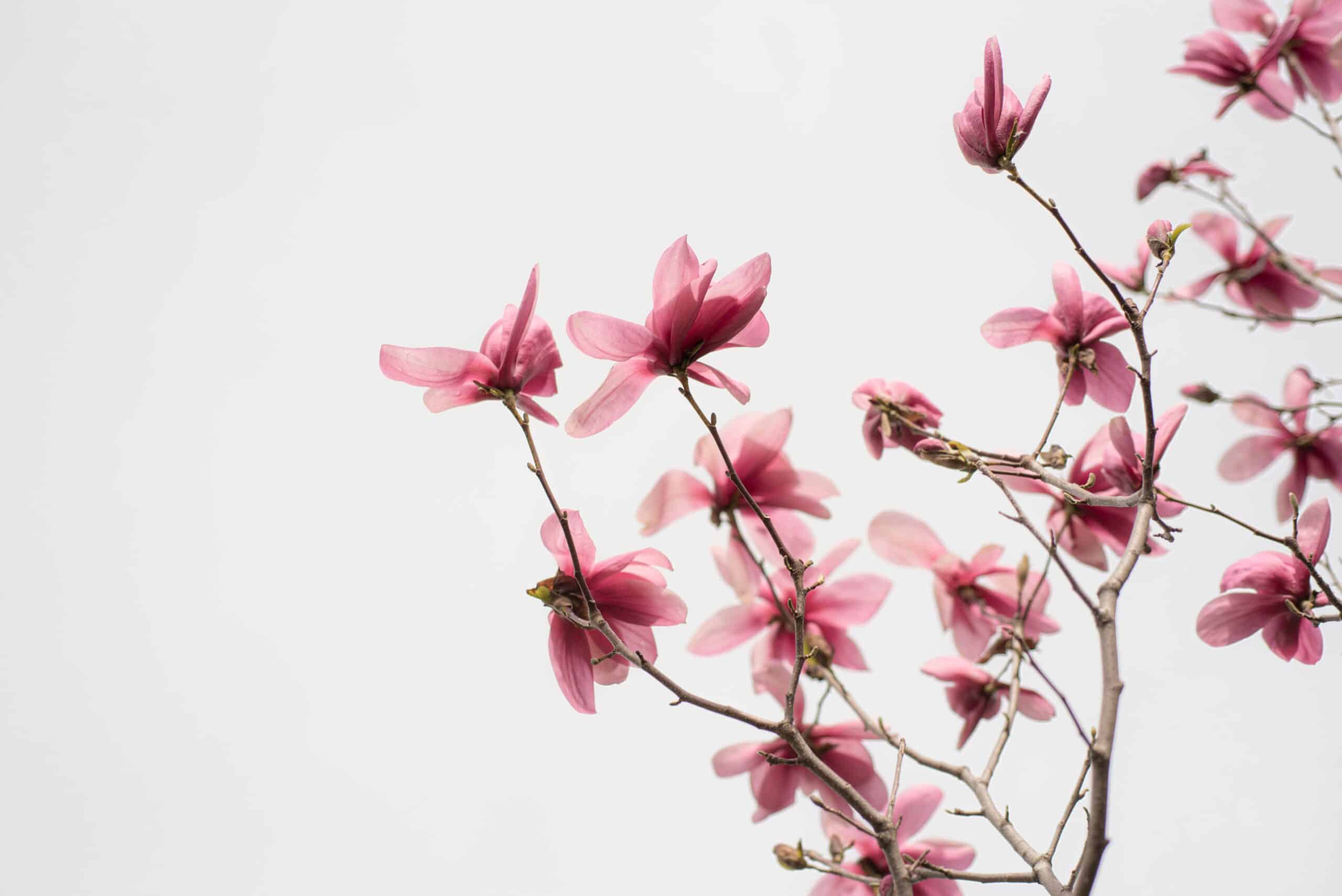
Popular types of magnolias
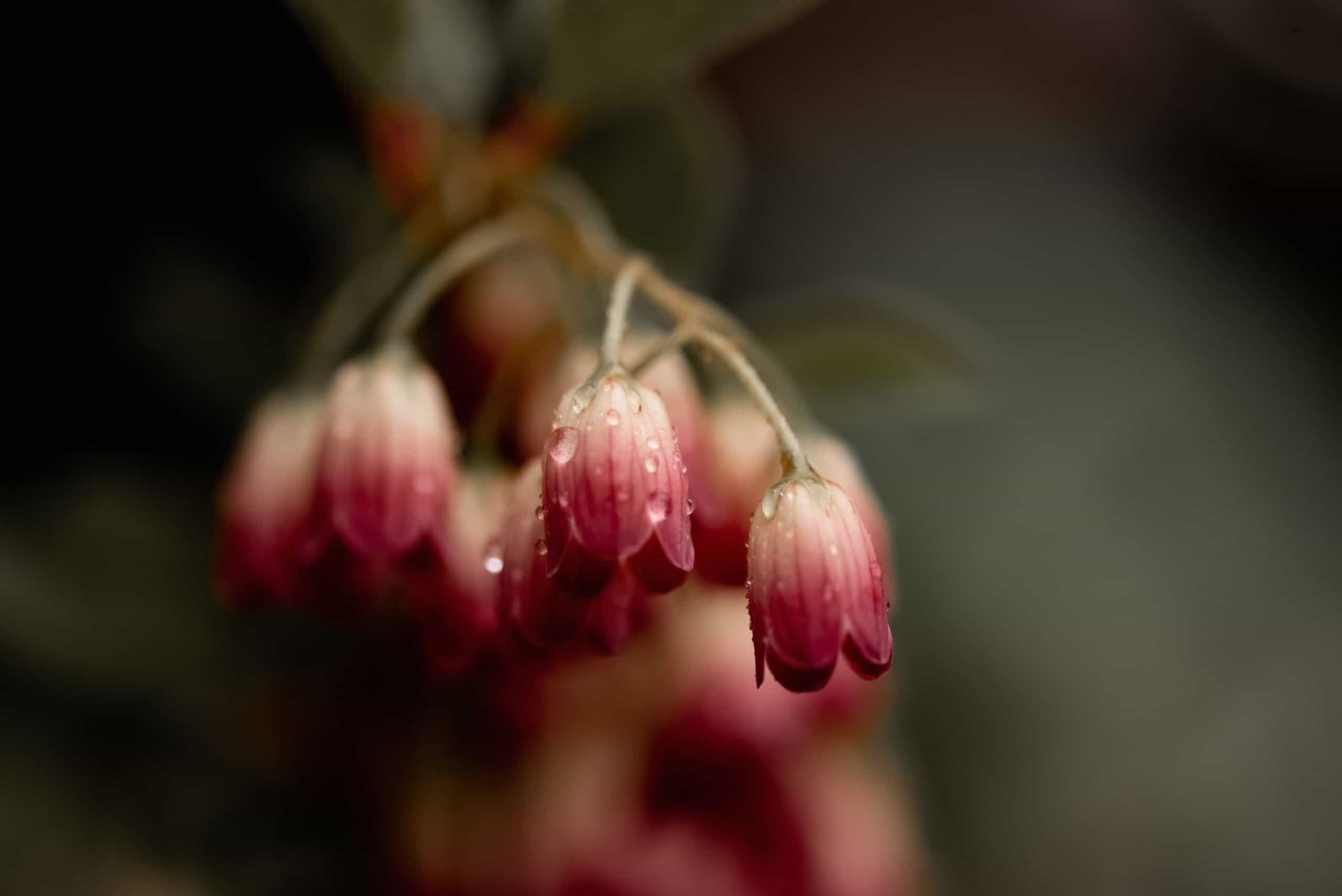
Southern Magnolia (Magnolia grandiflora)
This evergreen tree is native to the southeastern United States and is known for its large, fragrant white flowers that bloom in the summer. The leaves are glossy and dark green, providing year-round interest.
Star Magnolia (Magnolia stellata)
This deciduous shrub or small tree produces an abundance of star-shaped white or pink flowers in early spring before the leaves emerge. It is native to Japan and is well-suited to smaller gardens.
Saucer Magnolia (Magnolia x soulangeana)
This deciduous tree is a hybrid between Magnolia denudata and Magnolia liliiflora. It produces large, saucer-shaped flowers in shades of white, pink, and purple in early spring.
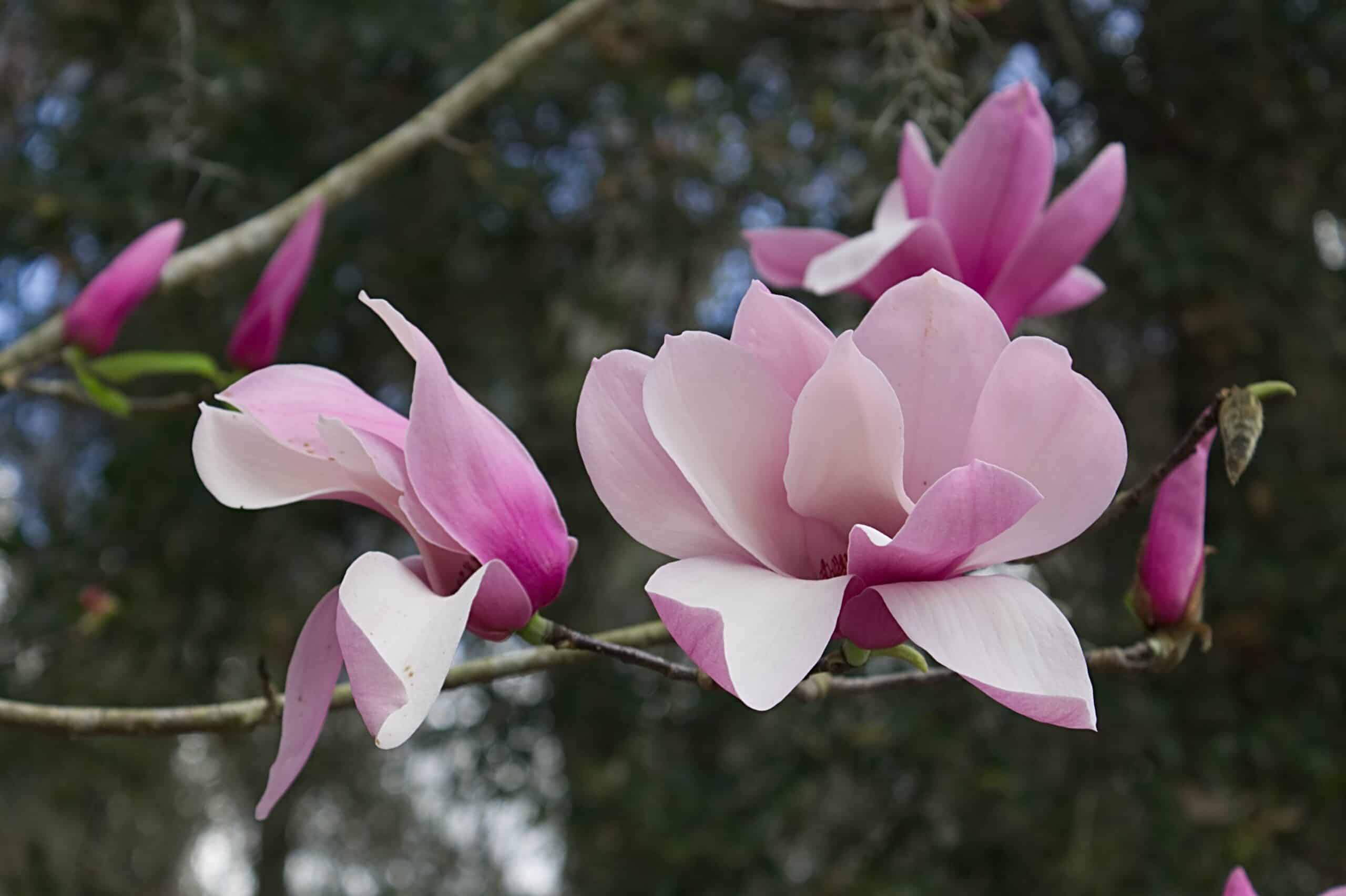
Anise Magnolia (Magnolia salicifolia)
Native to Japan, this deciduous tree has wide foliage that looks similar to a willow tree. It produces white flowers with strappy petals before the leaves unfurl in the spring.
Bigleaf Magnolia (Magnolia macrophylla):
This deciduous tree lives up to its name, producing leaves that can be up to 32 inches long. The blooms are white with pu rple petal bases and can be as much as 10 inches across.
Ashes Magnolia (Magnolia ashei):
This rare deciduous tree is native to Florida and produces large white flowers with a lemony fragrance.
Cucumber Tree (Magnolia acuminata)
This deciduous tree is native to eastern North America and produces greenish-yellow flowers in late spring.
Lily Magnolia (Magnolia liliiflora)
This deciduous shrub or small tree is native to southwest China and produces reddish-purple flowers in spring.
Loebner Magnolia (Magnolia x loebneri)
This deciduous tree is a hybrid between Magnolia kobus and Magnolia stellata. It produces white or pink flowers in early spring.
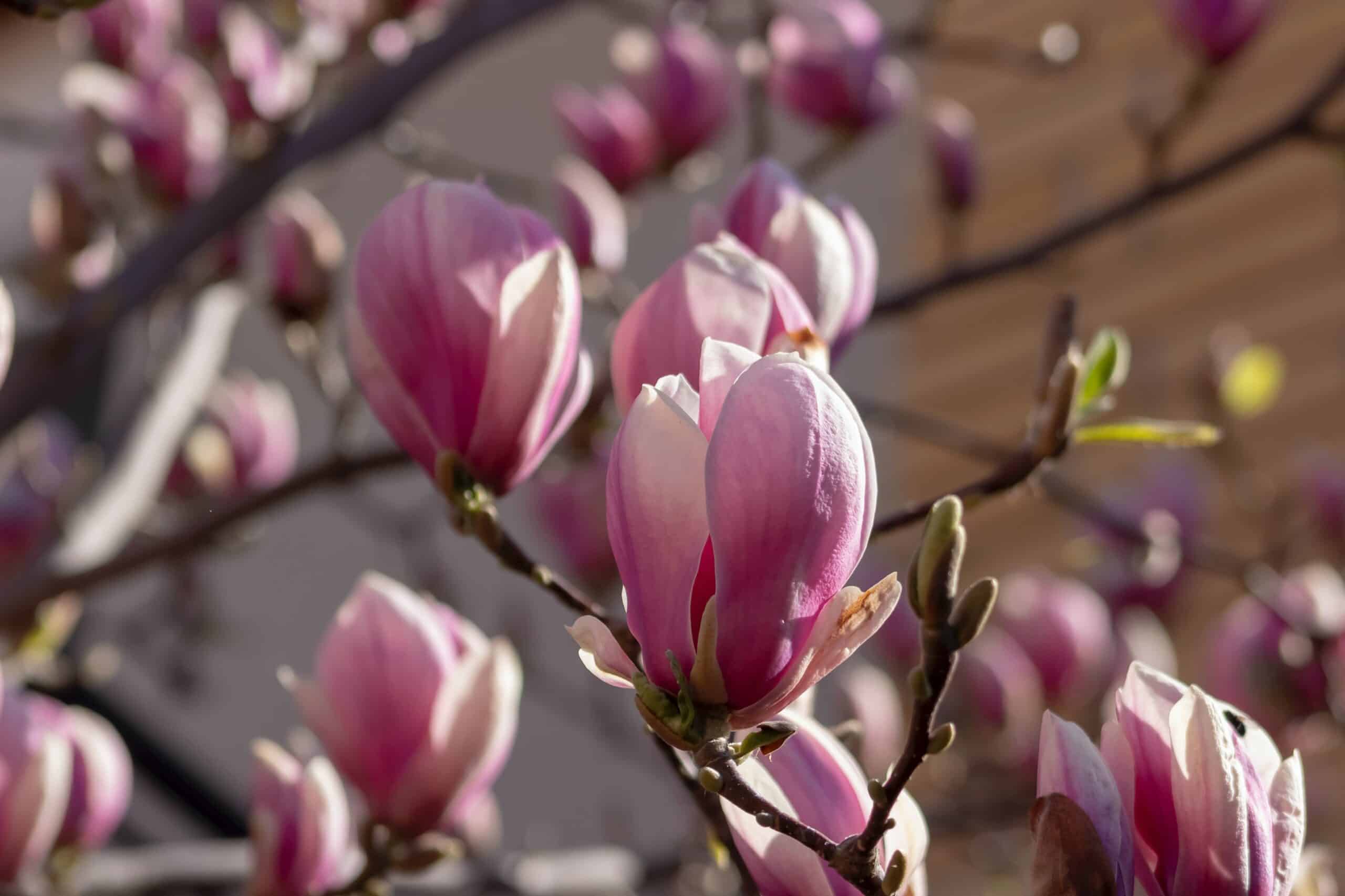
Most varieties of magnolias thrive in full sun or partial shade and well-drained soil. They generally like acidic soil, so if your soil is neutral or alkaline, you may need to amend it with peat moss or use an acid fertilizer to keep the plant healthy.
Benefits of Magnolias
In addition to their beauty, magnolias have many other benefits. They provide habitat for wildlife such as birds and insects, and their flowers are a source of nectar for pollinators such as bees and butterflies. The large leaves of some magnolias provide shade in the summer, while their evergreen foliage provides year-round interest.
Magnolias have been cultivated for centuries for their ornamental value. They have been used in traditional medicine for their anti-inflammatory and analgesic properties, and their wood has been used for furniture and construction.
There are many ways to incorporate magnolias into your garden design. They can be used as specimen trees or shrubs, planted in groups for a dramatic effect, or used as part of a mixed border or hedge. Some smaller varieties can even be grown in containers on patios or balconies.
The Basics of Magnolia Care
When planting magnolias, it’s important to choose the right location. They prefer full sun or partial shade and well-drained soil that is rich in organic matter. If your soil is heavy clay or sandy, you may need to amend it with compost or other organic matter to improve drainage.
Once established, magnolias require little maintenance. Water them regularly during dry periods, but avoid overwatering as this can lead to root rot. Fertilize them once a year with an acid fertilizer if your soil is neutral or alkaline.
Pruning is generally not necessary for magnolias unless you need to remove dead or damaged branches. If you do need to prune them, do so after they have finished blooming in the spring.
In conclusion, magnolias are a diverse group of plants that offer beauty and interest throughout the year. With so many different types to choose from, there is sure to be a magnolia that will suit your garden and climate. Whether you are looking for an evergreen tree, a deciduous shrub, or something in between, there is a magnolia for you.
What we love from Amazon this week
Buy these wonderful flowers directly from Amazon:





